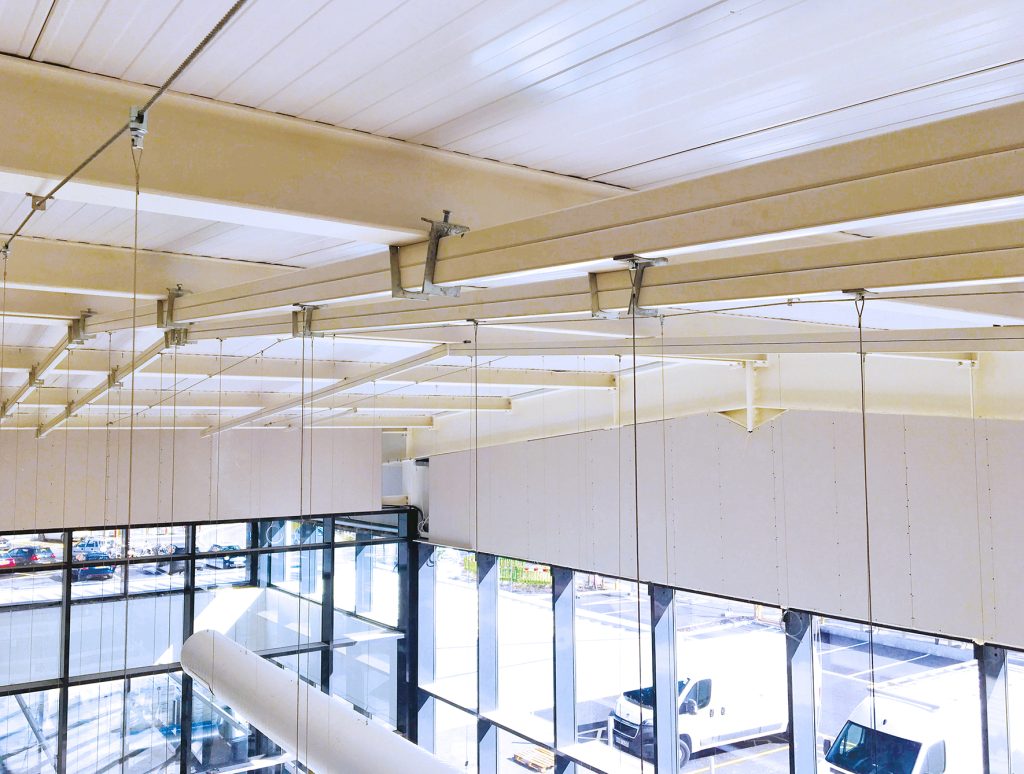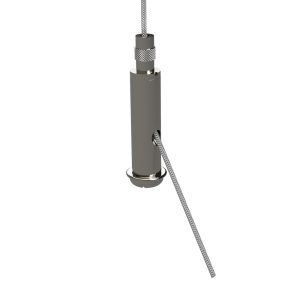The building and construction sector, one of the world’s largest industries, contributes significantly to global carbon emissions. In fact, 39% of global energy-related carbon dioxide emissions come from buildings. With the threat of climate change looming, it has become imperative for this industry to take action towards sustainability.
Consultation:
Consulting Engineers, by their very nature, have been at the forefront of sustainability for years, playing crucial roles in the design and construction methods. The same engineers orchestrate strategies that minimize environmental impacts and promote energy efficiency. Professionals are increasingly aligning projects with the ‘Pledge to Net Zero’, marking a significant shift toward environmentally-friendly designs and practices. This pledge is not only about reducing carbon footprints but also about driving innovation in sustainable construction technologies. This then opens new avenues for green building solutions.

In many instances, a small modification in the specifications can lead to a significant reduction in the carbon footprint of a construction project. This could involve the use of sustainable materials, the adoption of energy-efficient building designs, or the integration of renewable energy systems. By making conscious choices at the design and specification stages, we can dramatically reduce the environmental impact of buildings over their lifecycle. This underlines the crucial role of Consulting Engineers in steering the industry’s transition to a sustainable future. They are tasked with the responsibility of identifying specification changes that yield the most significant carbon reductions, facilitating our collective commitment to the ‘Pledge to Net Zero’.
How to make the change:
An excellent example of construction sustainability is the use of Zip-Clip Cable supports, as distributed by Gomac.ie for MEP installations. These cable supports have been designed with a keen focus on reducing environmental impact. They are not only lighter and more compact than traditional supports, leading to a reduction in transportation emissions, but they also feature a quick-release mechanism that simplifies adjustments and reduces installation time. This results in lower energy consumption during the installation process. Moreover, the cable supports are made from a high tensile Aircraft cable which yields a tensile strength of 1960 N/mm2. This then aligns with the principles of the ‘Pledge to Net Zero’. These small yet impactful changes in specifications, like using Zip-Clip Cable supports, serve as a testament to how the construction industry can inch closer to its collective commitment to sustainability and innovation.

Tensile strength & SWL:
The construction industry commonly misconceives that cable support systems lack the strength of threaded rods. However, this is far from the truth. Zip-Clip Cable supports, as distributed by Gomac.ie, debunk this myth with their impressive strength and resilience. Independent testing validates each of these cable supports, assigning them Safe Working Loads between 15kg to 500kg, depending on thickness. Additionally, these supports have a built-in safety factor of 5:1, ensuring installation safety and reliability. This reaffirms the effectiveness of these cable supports, and their alignment with the objectives of the ‘Pledge to Net Zero’. It also carries this out without compromising on strength or safety.
Gomac.ie now has a responsibility to ensure that consultant engineers, designers, specifiers and teams are familiar with cable suspension systems. To this end, we welcome any interaction or enquiries regarding the use of Zip-Clip cable support systems. Our team are always on hand to provide technical support, product information and advice on installation methods.
We believe that by sharing knowledge and promoting sustainable materials, we can collectively achieve the ‘Pledge to Net Zero’ sustainability goals significantly.













